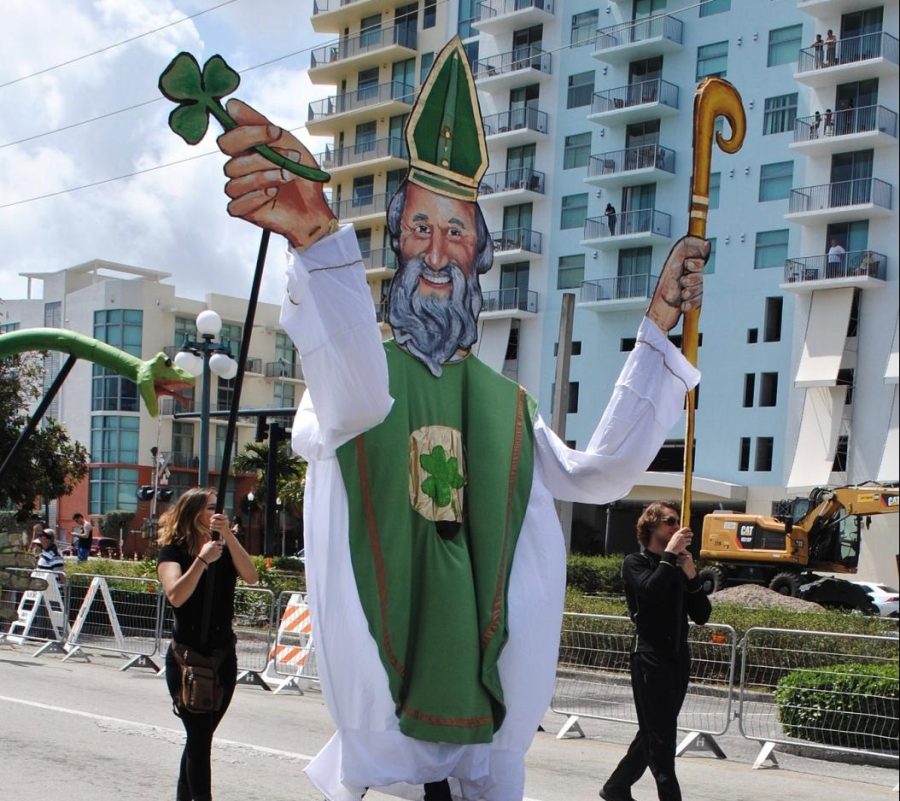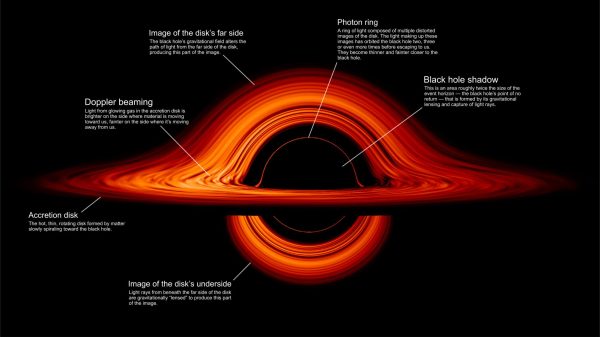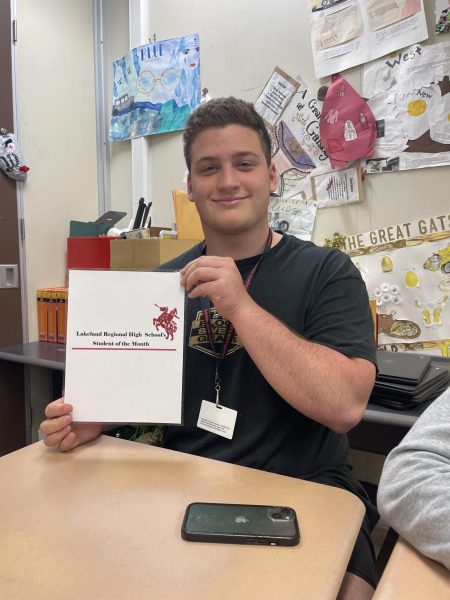A Brief History of St. Patrick’s Day
Image by Lisa Larsen from Pixabay
St. Patrick’s Day began as a religious holiday, but has since transformed into the day of parades and celebrations we see today.
Every year on March 17, St. Patrick’s day is celebrated around the world. The holiday is best known for its boisterous parades and its overuse of the color green. There is hardly a city that goes without their very own parade, or forgets to put up some shamrock decorations to celebrate, but how did the holiday become such a sensation? Take a look into the abridged history of the holiday, from the times of its namesake to the present day.
Who Was St. Patrick?
St. Patrick is the patron saint of Ireland, but he wasn’t actually Irish. Originally named Maewyn Succat it is thought that the saint was born in Scotland around 387 AD. He only lived in his home-country into mid-adolescence before being kidnapped, allegedly by “Irish raiders.” The raiders sold him into slavery in Ireland, and he stayed there for several years, mostly tending to sheep. He would escape slavery several years later, but the experience greatly influenced him. During his enslavement, St. Patrick grew increasingly reliant on God and prayer in order to keep his spirits up. As a result, his relationship with God flourished and he became motivated to become a priest upon his escape (it was after earning his priesthood that the saint officially changed his name to Patrick). Some say that his time spent in slavery was even “a remote preparation for his future apostolate.” While enslaved, the saint learned to speak the Irish language fluently and also gained extensive knowledge of the Irish’s polytheistic religion. This knowledge undoubtedly helped the saint to convert the people of Ireland upon his return to the island. St. Patrick would work as a missionary in Ireland until his death, and is largely credited with eradicating non-Catholic religions in Ireland.
Early St Patrick’s Day Celebrations
St. Patrick’s Day began when the Catholic Church canonized him and set his feast day for March 17 (allegedly, the day of his death) in 1631. These celebrations were much more religious than the popular St. Patrick’s Day festivities enjoyed today. People would start the day with a visit to church, then have celebrations in the afternoon. Although these celebrations did allow people to break the rules of lent, they were still relatively tame compared to modern celebrations.
The very first St. Patrick’s Day parade didn’t actually occur in Ireland, but in America. In 1601, the Irish Vicar of the Spanish colony in, what is now St. Augustine, Florida, held the very first parade. Later on, the first NYC St. Patrick’s Day parade was held in the midst of the Revolutionary War. In 1762, Irishmen serving in the British army allegedly began to feel homesick. In order to remedy this, they decided to hold their own parade where they could celebrate their culture. At this time, celebrating Irish culture was largely banned by the British empire, so “participants reveled in the freedom to speak Irish, wear green, sing Irish songs and play the pipes to Irish tunes that were meaningful to the Irish immigrants of that time.” The NYC parade only grew from there. At one point, the city often had several different parades, but in 1848 the largest parades were consolidated to create the famous celebration that Americans still love.
Becoming the Modern St. Patrick’s Day

Over time, St. Patrick’s Day began to lose a lot of its religious weight, becoming more and more secular as the years went on. There could be many historical reasons for this, but the largest overarching explanation is that as Irish people migrated out of Ireland the celebration became less about religion and more about culture as a whole. Take the aforementioned first NYC St. Patrick’s parade: this celebration wasn’t about being religious, it was about being Irish. As more and more Irish people immigrated to America and began facing scrutiny for their culture, they began looking for ways to hold onto their most meaningful traditions and honor their heritage. St. Patrick’s day provided a simple way to do so, and even non-religious Irishmen began celebrating it. Over time, as Irish discrimination began to die down, the celebration was easily melded into the mainstream. It was fun and easy to embrace, which gave way to the popular observance seen today.
More Fun Facts about the History of St. Patrick’s Day:

- Originally, blue was the color of St. Patrick’s Day because of its appearance on Ireland’s former flag and its historical association with St. Patrick himself. However, during the Great Irish Rebellion of 1641, Irish rebels wore green. The color became a hallmark of their culture and was soon translated into nearly all Irish celebrations, including St. Patrick’s day.
- The popular myth of St. Patrick banishing the snakes from Ireland is likely untrue because the climate of Ireland was never hospitable to European snakes in the first place. Instead, it’s likely that this story was symbolic, with snakes being a common symbol of the Devil. In banishing the snakes from Ireland, St. Patrick actually banished the polytheistic religion practiced by most Irish people before the saint’s missionary work, or a religion of the Devil.
- The clover became a symbol of St. Patrick’s Day because of a legend that claims St. Patrick used the three leaves of the clover to teach the Irish about the Holy Trinity: the Father, Son, and Holy Spirit of Christian religions.
- At one point, St. Patrick’s day parades were semi-political events. The Irish were a large group, and their votes could mean a lot in a tight election, they “became an important swing vote for political hopefuls.” This made many political candidates flock to parades in order to show their support and win over Irish voters.
- The NYC St. Patrick’s Day parade is the oldest and largest annual St. Patrick’s parade in the world. “Approximately 150,000 people march in the parade which draws about 2 million spectators.” The parade is also run entirely by volunteers.












